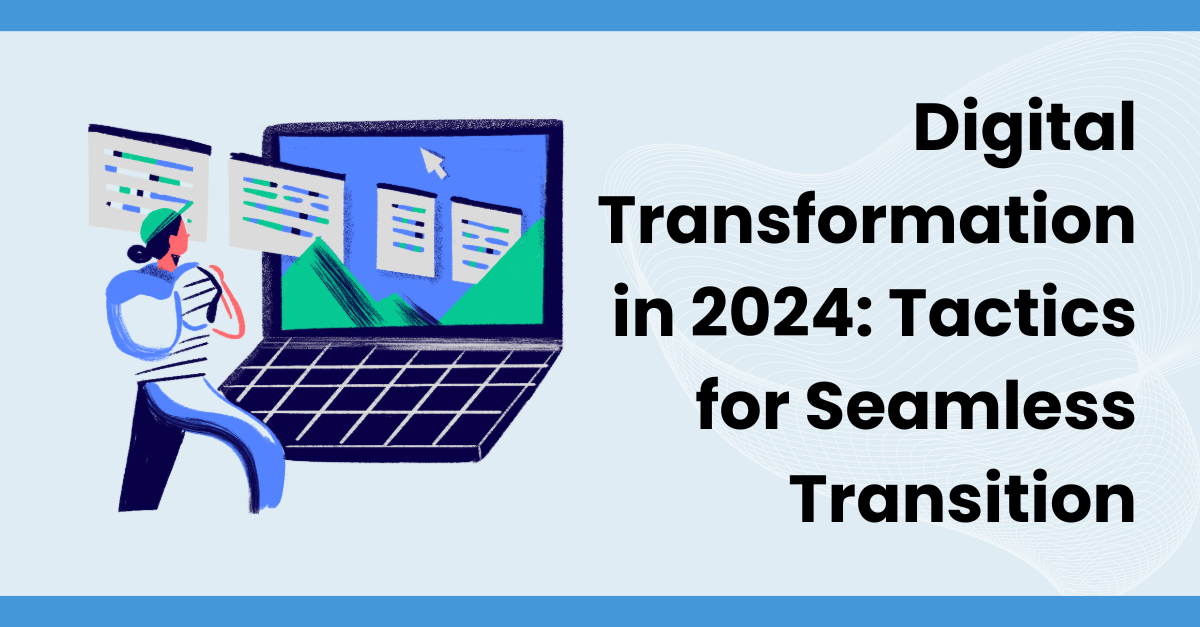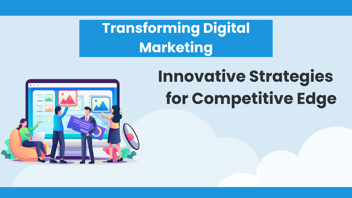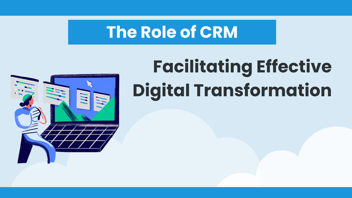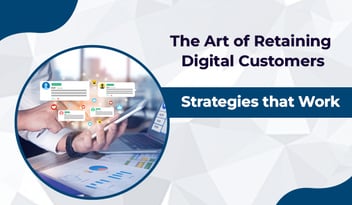The world is changing faster than ever, and so is the way we do business. Technology is not just a tool, but an incredible opportunity. And digital transformation is the way to capitalize on it. Digital transformation is all about using tech to make your business better, faster, and stronger. It creates new value, solves problems, and changes the way you do things in order to make your customers happy.
But how do you achieve digital transformation? How do you make it seamless, smooth, and successful? Don’t worry, we’ve got you covered. Let’s discuss a few tactics you can use to rock your digital transformation in 2024.
Inbound marketing automation
Inbound marketing automation is a way of attracting and engaging your customers with personalized and relevant content, without being pushy. You can use programmable automation tools like HubSpot to create and manage your processes, workflows, and inbound marketing campaigns. These campaigns can include blogs, social media, emails, and landing pages, and can all be tracked, measured, and optimized from within your automation platform. Inbound marketing automation can help you increase your traffic, leads, conversions, and loyalty, which will, most importantly, save you time and money.
GPT integration
GPT integration is a cutting-edge process of using GPT (Generative Pre-trained Transformer) models to create and improve your content. These models are deep learning models, meaning they can generate natural language and code based on vast amounts of data. From headlines and slogans to articles and videos, GPT models can amplify your creativity and boost your content creation into the stratosphere. GPT models, powered by AI, can be seamlessly integrated with your apps and services using tools like Zapier, or you can integrate open source AI platforms by obtaining API keys from a platform like OpenAI.
Cloud computing
Cloud computing is a way of leveraging the power of the internet for storing your data and applications. This can relieve the pressure of using your own hardware and software, and can delegate some of the responsibilities of data hosting. Platforms like AWS, Azure, or Google Cloud can host your data, and can be scaled up or down as needed. You can also use drive services like Dropbox, Google Drive, or OneDrive to share your files across devices. Cloud computing helps you reduce costs, increase security, and enhance flexibility. After all, a company like Google has a reputation for being a data deity.
Augmented reality
Augmented reality (AR) is a way you can use digital elements to enhance your physical reality. Augmented reality creates an opportunity for you to create immersive and interactive experiences for your customers. If it resonates deeply with your audience, AR content can improve customer engagement with your brand. Next-gen devices like headsets and apps like Snapchat and Instagram are making this type of content the next frontier in marketing and brand recognition.
Digital transformation is not a one-time thing, but a continuous journey. We hope you’ve learned something new and useful in this article, because digital transformation is a big deal, but it doesn’t have to be hard or scary. With the right tools, strategy and mindset, it can be a seamless transition. So, don’t be afraid to try new things. And if you ever need a hand, give us a shout. This is our forté.





Leave a Comment